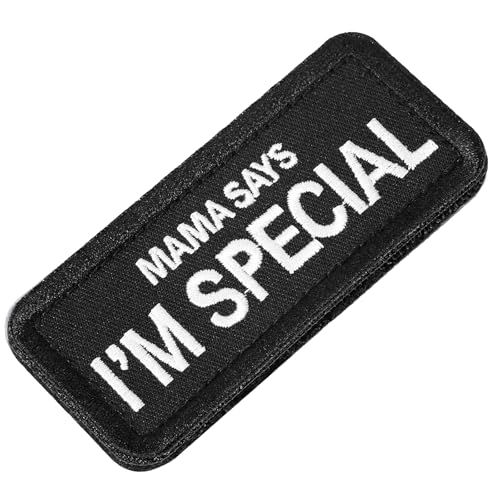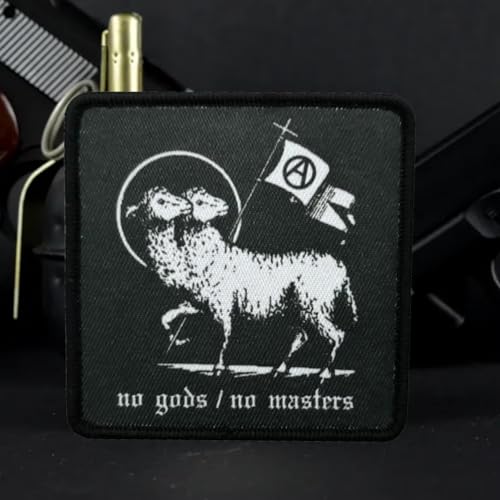Ever looked at tactical gear and thought, “I could make that”? Well, you’re in the right place! Sewing your own tactical gear can be incredibly rewarding and surprisingly straightforward. Whether you’re an outdoor enthusiast, a prepper, or just love hands-on projects, crafting your own gear means you get exactly what you need, tailored to your specifications.
Understanding Tactical Gear
Knowing the essentials of tactical gear simplifies the sewing process, letting you tailor every piece to your needs.
Types of Tactical Gear
Various types of tactical gear exist, each serving distinct purposes:
- Backpacks and Bags: Often used for carrying supplies efficiently.
- Vests and Plate Carriers: Provide body protection and storage for tools and equipment.
- Pouches and Holsters: Offer quick access to essential items like knives and flashlights.
- Belts and Harnesses: Help distribute weight and increase mobility without sacrificing utility.
- Clothing: Tactical pants, jackets, and gloves enhance comfort and durability under extreme conditions.
Materials Used in Tactical Gear
Proper material selection is crucial for durability and functionality:
- Cordura Nylon: Known for exceptional tear and abrasion resistance.
- Ballistic Nylon: Ideal for high-wear applications like vests. Its strength ensures longevity.
- Denier Polyester: Offers a balance between durability and weight.
- Mesh Fabrics: Facilitate ventilation in areas requiring breathability.
- Hook and Loop Fasteners (Velcro): Provides adjustable and secure closures.
- Webbing: Essential for straps and handles, adding structural integrity.
Understanding these basics helps create gear that withstands heavy use and challenging environments.
Essential Tools for Sewing Tactical Gear
When sewing tactical gear, the right tools make all the difference. Investing in high-quality equipment not only simplifies your work but also ensures your gear is durable and functional.
Sewing Machines and Attachments
A heavy-duty sewing machine designed to handle thick, tough fabrics is crucial. Machines capable of sewing multiple layers of Cordura Nylon or Ballistic Nylon offer better results. Popular brands include the Brother ST371HD and the Singer Heavy Duty 4452. Consider these features:
- Walking Foot: Provides consistent fabric feeding, essential for thick materials.
- Triple Feed System: Enhances stitch accuracy with simultaneous needle, presser, and feed dog movement.
- Heavy-Duty Needles: Choose size 18 or 20 needles for thick fabrics to prevent breaking.
Attachments enhance machine versatility. Walking feet and zipper feet enable precision for detailed stitching and seam finishing. Binding attachments aid in sewing straps and webbing securely.
Cutting and Measuring Tools
Accurate cutting and measuring tools help create precise patterns, leading to better-fitted gear. Essential tools include:
- Rotary Cutter and Mat: A rotary cutter ensures clean, straight cuts. Use a self-healing mat to protect surfaces and blades.
- Scissors: Invest in high-quality fabric scissors for cutting tough materials.
- Ruler and Measuring Tape: A clear, non-flexible ruler helps in straight cuts, while a measuring tape ensures accurate measurements.
- Fabric Marking Tools: Use tailor’s chalk or erasable fabric markers for marking patterns without damaging material.
These tools streamline the process, achieving consistency and professional results in your tactical gear.
Step-by-Step Guide on How to Sew Tactical Gear
Creating your tactical gear provides a blend of functionality and personalization. Follow these steps to ensure your projects are both effective and durable.
Designing and Planning
Start by identifying the specific tactical gear you want to create. Sketch the design on paper or use digital software for precision. Consider including pockets, straps, and reinforcement areas, based on the intended use. Gather detailed measurements and list out all required materials and notions. Investing time in thorough planning reduces errors and saves materials.
Cutting and Preparing Fabrics
Choose high-quality materials like Cordura Nylon or Ballistic Nylon for their durability. Lay your fabric on a flat surface, securing it with weights if necessary. Use a rotary cutter along with a cutting mat to ensure precise cuts. Ensure pieces are accurately measured and pre-cut to the required dimensions. Label each piece to avoid confusion during the assembly phase.
Sewing Techniques Specific to Tactical Gear
To sew tactical gear, use a heavy-duty sewing machine capable of handling thick fabrics. Incorporate techniques such as double stitching and bar tacking at stress points for added strength. Use bonded nylon or polyester thread for durability. Attaching webbing requires careful alignment and consistent stitching to secure loops and straps properly. When sewing pockets, reinforce edges to prevent wear. Utilize fabric marking tools for accurate placement of components before stitching.

By following these steps, your tactical gear will be custom-tailored to your specific requirements, providing utility and long-lasting performance.
Advanced Tips and Techniques
Creating high-quality tactical gear requires advanced techniques to ensure durability and functionality.
Reinforcement and Durability Enhancements
Strengthening your tactical gear involves using various reinforcement stitches and methods. Start with double stitching on all seams, which adds extra strength to areas experiencing high stress. Use heavy-duty threads like bonded nylon to enhance the durability. Add bar tacks—short, tight zigzag stitches—at high-stress points, such as pocket openings and strap connections. Ensuring you reinforce these critical areas prevents wear and tear over time.
Incorporate reinforcing patches where gear is most likely to abrade. Use durable fabrics like Cordura to create these patches. Stitch the patches in a box or cross pattern to distribute stress evenly. Adding extra layers at weak points enhances the overall robustness of your gear.
Waterproofing Techniques
Maintaining dryness in your tactical gear is vital for comfort and protection. Start by using waterproof fabrics like Gore-Tex or waxed canvas. These materials provide inherent water-resistant properties without additional treatments. Seal seams with waterproof tape or seam sealer to prevent leaks through stitch holes. Apply these to every seam, focusing on areas exposed to rain or moisture.
« Discover Why Brother Sewing Warranty Is the Best Investment for Your Creative Projects
Consider using durable water repellent (DWR) coatings on the exterior of your gear. DWR treatments help water bead up and roll off fabric surfaces, reducing saturation. Reapply coatings periodically to maintain effectiveness, ensuring your gear remains water-resistant after extensive use and washing. Employ these waterproofing techniques to enhance the functionality and longevity of your tactical gear.
Conclusion
Creating your own tactical gear can be incredibly rewarding, allowing you to tailor each piece to your specific needs. By focusing on durable materials and employing advanced sewing techniques, you’ll ensure your gear stands up to the toughest conditions. Remember, the key to high-quality tactical gear is in the details—reinforcement, waterproofing, and using the right tools and materials. So go ahead, put your skills to the test, and enjoy the process of making gear that’s both functional and reliable. Happy sewing!

















